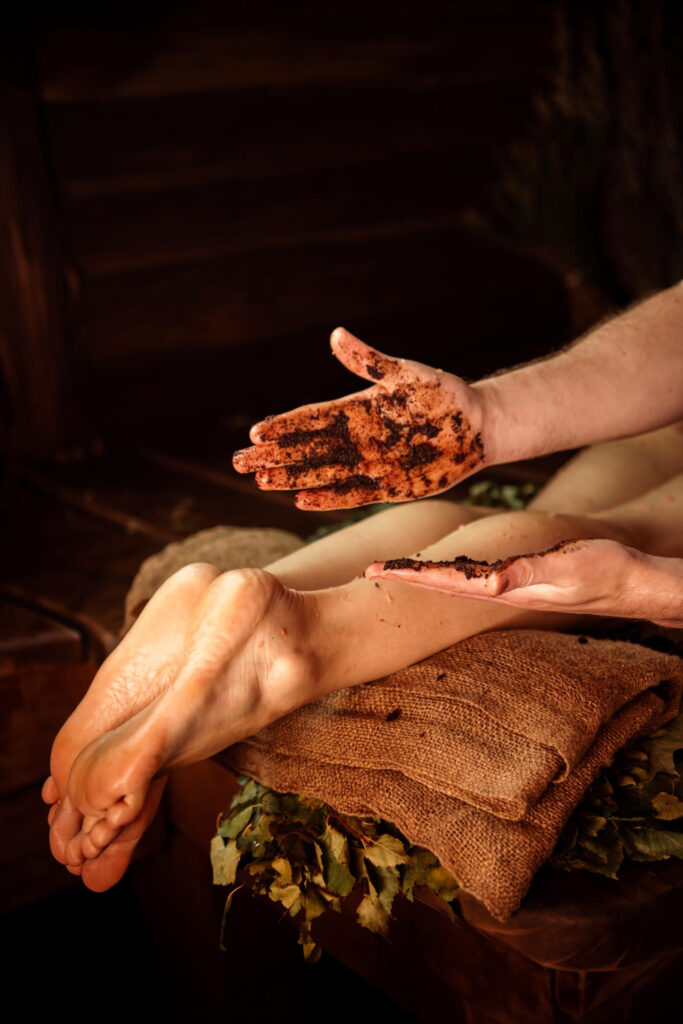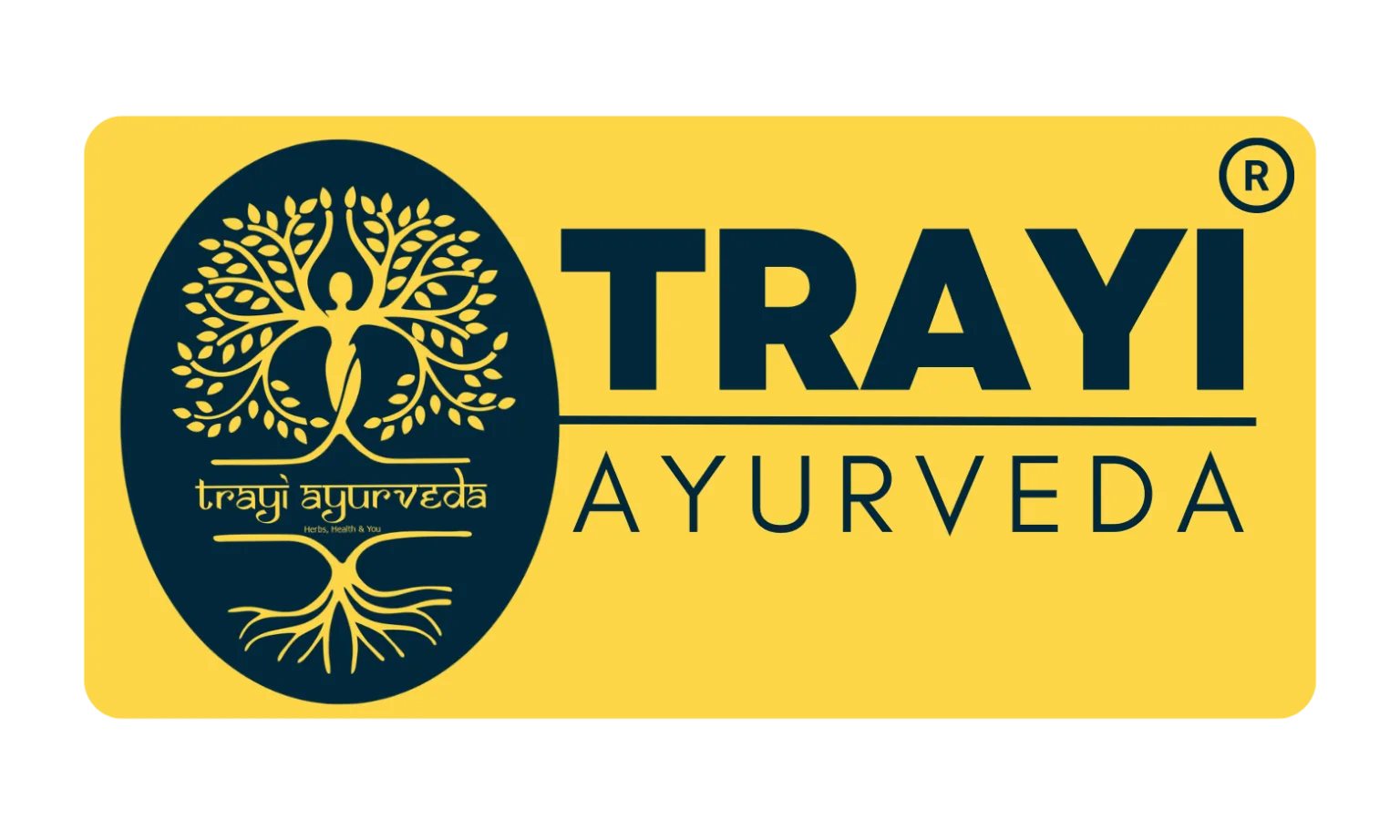Our Location
304 North Cardinal St.
Dorchester Center, MA 02124
Snehan is an oil massage. Oil is applied to the entire body with a particular type of massage that helps the toxins to move toward the gastrointestinal tract. Oil massage also makes the superficial and deep tissues soft and supple, thus helping to remove stress and nourish the nervous system. Snehan is given daily for three to seven days, as indicated.
Svedana is sudation or sweating and is given every day immediately following the snehan. An herbal concoction may be added to the steam to further loosen the toxins from the individual. Svedana liquefies the toxins and increases the movement of toxins into the gastrointestinal tract. After three to seven days of snehan and svedana, the doshas become well “ripened.” A particular panchakarma method is then given according to the individual’s constitution and disorder, prakriti and vikruti, respectively.
When there is congestion in the lungs causing repeated attacks of bronchitis, colds, cough, or asthma, the Ayurvedic treatment is therapeutic vomiting, vamana, to eliminate the kapha causing the excess mucus. Oftentimes this also releases repressed emotions that have been held in the kapha areas of the lungs and stomach along with the accumulated dosha. Once the mucus is released, the patient will feel instantly relieved. It is likely that congestion, wheezing, and breathlessness will disappear and that the sinuses will become clear.
When excess bile, pitta, is secreted and accumulated in the gallbladder, liver, and small intestine, it tends to result in rashes, skin inflammation, acne, chronic attacks of fever, biliary vomiting, nausea, and jaundice. Ayurvedic literature suggests in these conditions the administration of therapeutic purgation or a therapeutic laxative. Purgatives help relieve the excess pitta causing the bile disturbance in the body. In fact, purgatives can completely cure the problem of excess pitta. When purgatives are used, the patient should not eat foods that will aggravate the predominant humor or cause the three humors to become unbalanced.
When there is congestion in the lungs causing repeated attacks of bronchitis, colds, cough, or asthma, the Ayurvedic treatment is therapeutic vomiting, vamana, to eliminate the kapha causing the excess mucus. Oftentimes this also releases repressed emotions that have been held in the kapha areas of the lungs and stomach along with the accumulated dosha. Once the mucus is released, the patient will feel instantly relieved. It is likely that congestion, wheezing, and breathlessness will disappear and that the sinuses will become clear.
When excess bile, pitta, is secreted and accumulated in the gallbladder, liver, and small intestine, it tends to result in rashes, skin inflammation, acne, chronic attacks of fever, biliary vomiting, nausea, and jaundice. Ayurvedic literature suggests in these conditions the administration of therapeutic purgation or a therapeutic laxative. Purgatives help relieve the excess pitta causing the bile disturbance in the body. In fact, purgatives can completely cure the problem of excess pitta. When purgatives are used, the patient should not eat foods that will aggravate the predominant humor or cause the three humors to become unbalanced.

Eliminate toxins and toxic conditions from your body and mind.
Restore your constitutional balance improving health and wellness.
Strengthen your immune system and become more resistant to illness.
Reverse the negative effects of stress on your body and mind thereby slowing the aging process.
